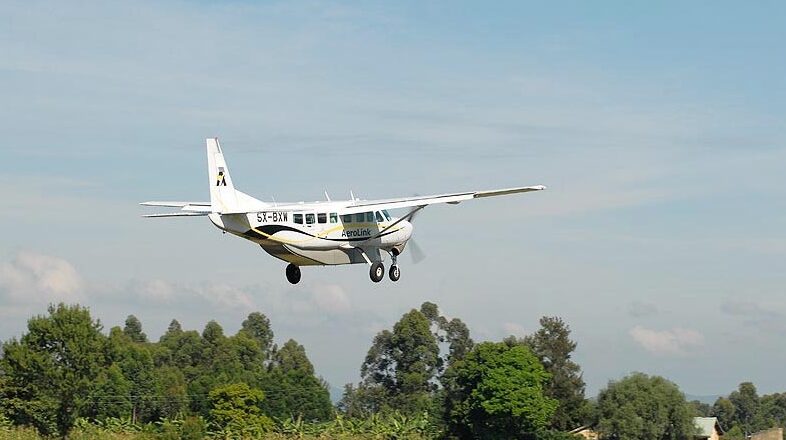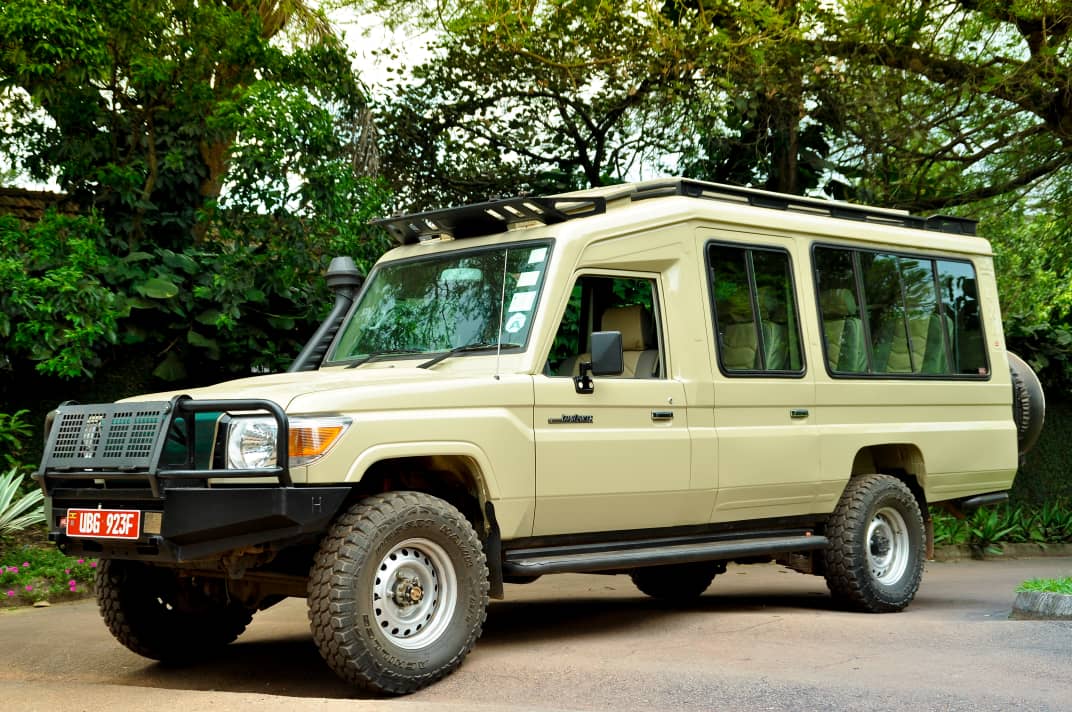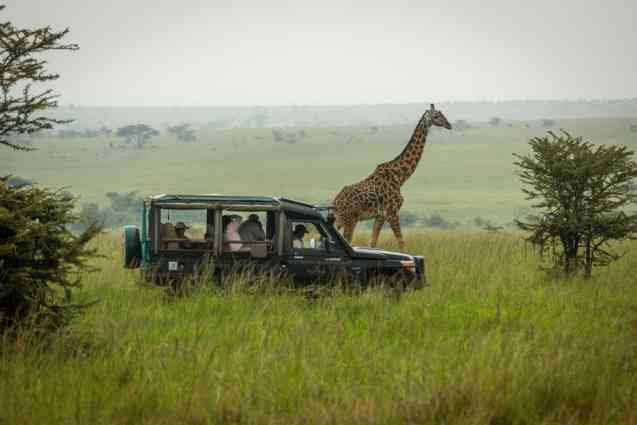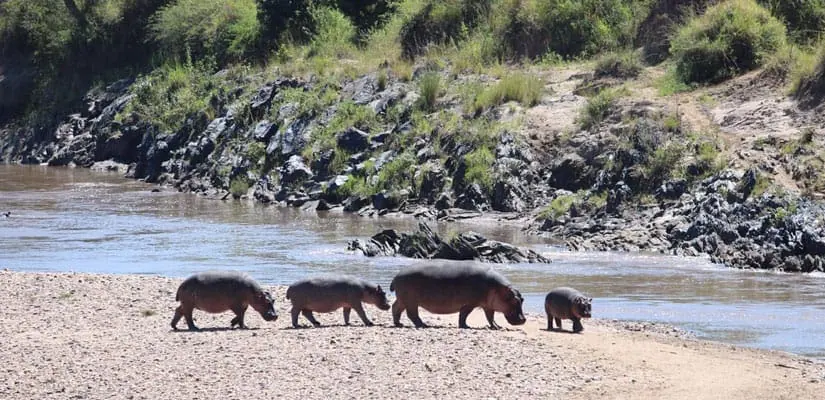- GET IN TOUCH WITH US:
- +256 753518160
- +256 777842166
- info@experiyatourcompany.com

How do I get from Entebbe to Kampala safely?
November 6, 2025
Are domestic flights reliable in Uganda?
November 6, 2025What’s the best transport option between national parks?

What’s the best transportation option between national parks?
One of the most rewarding experiences for any safari enthusiast is traveling between national parks in Africa, especially in countries like Uganda, Kenya, Tanzania, and Rwanda. Each park is a world in its own right, ranging from open savannahs to lush rainforests, volcanic highlands, and shimmering lakes that connect these destinations as part of the adventure. But amid all the excitement, many travelers wonder what the best transportation option is to move from one park to another. Should you fly? Should you drive? What about private transfers or guided tours?
The answer has to do with your budget, time, comfort preference, and what type of experience you’re looking for. Some travelers prefer the convenience and speed of domestic flights, while others enjoy the slow, scenic drive through rural villages, rolling hills, and dramatic landscapes that only a road safari can offer. Let’s explore the options in detail to choose the best way to move safely and comfortably between Africa’s iconic national parks.
Understanding the Nature of African Safari Travel
Africa’s national parks are vast, and many are separated by hundreds of kilometers. This diversity makes for an exciting itinerary with very contrasting environments, but it also means travel times can often be long, and roads can range from smooth highways to rugged dirt tracks. For example, in Uganda, the journey from Murchison Falls National Park to Bwindi Impenetrable Forest takes about 8–9 hours on the road, while in Tanzania, a drive between Serengeti and Ngorongoro may take several hours along rough terrain.
That said, every route offers a different kind of magic. Long drives allow you to witness rural life, spot wildlife along the roadside, and appreciate the changing geography, while flights give you time efficiency and a bird’s eye over the wilderness below.
To decide which option suits you best, let’s look at the main transport methods between national parks.
Option One: Road Travel – The Classic Safari Journey
Of all means of transport, the road remains the most popular and authentic way to travel between national parks in East Africa. It’s cost-effective, flexible, and immersive. Whether you’re in a 4×4 safari vehicle in Uganda, a Land Cruiser in Kenya, or an open-roof Jeep in Tanzania, the road journey connects you deeply with the landscape.
Advantages of Road Travel
1. Scenic and Cultural Richness
Road safaris take you through real Africa: bustling trading centres, tea plantations, herds of long-horned cattle, and local markets. You can stop for photography, stretch breaks, or short cultural visits along the way. It’s a full-sensory experience that flying simply can’t offer.
2. Flexibility and Control
Traveling by road gives you the opportunity for spontaneity. Stop at minor attractions that don’t often appear in travel itineraries, have picnic lunches at the roadside, or make a detour to view lakes, crater viewpoints, or villages. Ideal for those who love spontaneity and exploration.
3. Ideal for Group or Family Travel
Road transport is relatively economical for families or small groups traveling together, as the costs are shared between passengers. Having your own vehicle and guide also means privacy and a personalized experience.
Challenges of Road Travel
Some parts of Africa have rough roads, especially on rainy days. Long distances from Queen Elizabeth National Park to Kidepo Valley in Uganda can take a whole day. However, experienced safari drivers know how to manage such journeys both smoothly and safely.
To guarantee comfort, it is best to book with a reputable tour operator that uses well-maintained 4×4 vehicles with air conditioning, pop-up roofs for game viewing, and comfortable seating.

Estimated Travel Times Uganda Example
Entebbe to Murchison Falls: 5–6 hours
Murchison Falls to Kibale Forest: 6 hours
Kibale to Queen Elizabeth: 3 hours
Queen Elizabeth to Bwindi: 4–5 hours
Bwindi to Lake Mburo: 6 hours
Long drives like this are best interrupted with scenic stops, cultural interactions, or overnight stays in the route’s many lodges.
Option Two: Domestic Flights – Quick and Easy
Flying between national parks is a great option if you value your time and comfort. Most countries currently have a network of small airstrips near major wildlife reserves that are well developed. Several airlines-Aerolink Uganda, Bar Aviation, SafariLink Kenya, and Coastal Aviation Tanzania-offer scheduled flights to connect major parks and cities.
Advantages of Flying
1. Time Efficiency
It can substitute a nine-hour road journey with a flight that only takes one hour. This is ideal, especially if you want to maximize your time for game drives or gorilla trekking rather than long drives.
2. Comfort and Accessibility
Flights are comfortable, scenic, and often land very close to the parks. For example, visitors to Bwindi Impenetrable Forest can fly from Entebbe to Kihihi or Kisoro airstrips, arriving just an hour later and saving an entire day of road travel.
3. Ideal for Luxury Safaris and Tight Schedules
If you are planning on a short safari or prefer high-end lodges, flying adds convenience and elegance to your experience. Many luxury safari operators facilitate seamless flight transfers between lodges to ensure your experience is as effortless as it is memorable.
Challenges of Flying
Flying between national parks is more costly compared to driving, and luggage allowances are limited to about 15 kilograms per person. Besides, since planes are small (usually 11–19 passengers), flights can be affected by weather, especially during rainy seasons.
Another consideration is that most flights operate during daylight hours, so travelers with late connections may need to spend a night in a nearby city before continuing.
Typical Flying Routes and Durations
Entebbe to Kihihi (Bwindi): 1 hour 15 minutes
Entebbe to Pakuba (Murchison Falls): 1 hour
Arusha to Serengeti: 1 hour 30 minutes
Nairobi to Maasai Mara: 45 minutes
Kigali to Volcanoes National Park (via helicopter): 30 minutes
In Kenya and Tanzania, for instance, “fly-in safaris” are popular, whereby travelers board a light aircraft directly from a city like Nairobi or Arusha to a park airstrip, often landing right next to their lodge.
Option Three: Flight and Road Travel in Combination
To many experienced safari travelers, flying and driving usually go hand in hand-a perfect balance between convenience and adventure. For instance, you can fly from Entebbe to Bwindi to save time and then drive from Bwindi to Queen Elizabeth National Park, with the added benefit of enjoying the landscape along the way.
It is ideal for travelers who have long journeys but still want to see more of the country. It is also cost-efficient because you pay for flights only on the longer stretches.
A typical itinerary might look like this:
Day 1–2: Fly from Entebbe to Murchison Falls for game drives and boat safaris.
Day 3–4: Drive to Kibale Forest to track chimpanzees.
Day 5–6: Drive to Queen Elizabeth National Park for a mix of savannah and crater lake scenery.
Day 7–8: Drive or fly to Bwindi for gorilla trekking before returning to Entebbe by flight.
This combination allows you to experience both the sweeping views from the air and the rich cultural tapestry of Uganda’s countryside from the road.
Option Four: Private Charter Flights
Private charter flights across national parks are thus the ultimate in exclusivity for travelers and luxury safari-goers alike. The flights offer privacy, flexibility, and the option to custom-make your routes. You can fly directly between lodges without the restriction of scheduled flights.
In fact, private charters are widely used in high-end itineraries to Uganda, Tanzania, Botswana, and Kenya for guests who want to visit any remote places, such as Kidepo Valley or Okavango Delta. While expensive, they offer comfort and convenience unmatched by scheduled services for people who have limited time.
Option Five: Group or Shared Transfers
Shared park transfers offer an economical option where travelers are on a tight budget or part of a group safari. Most tour operators arrange scheduled road transfers where several travelers that are headed for the same region share a vehicle, allowing costs to be kept low while not sacrificing safety and comfort.
On the other hand, shared transfers can be rather inflexible since they operate on fixed routes and departure times. They work great for travelers who don’t mind a little compromise in exchange for affordability.
Safety and Comfort Tips for Park-to-Park Travel
Always make your booking through a licensed operator: This ensures that the vehicles are roadworthy, flights are legitimate, and schedules are coordinated.
Carry identification and permits: Have your passport, park permits, and travel documents accessible, particularly when crossing park boundaries or regional borders. Pack lightly: If flying, soft-sided luggage is generally required for most small planes. Stay hydrated: carry bottled water for long drives. Plan buffer days: the roads and weather in Africa can be unpredictable; allow a day between long transfers and international flights. Travel during the day: Better visibility, safety, and photo opportunities. So, What’s the Best Option? The best transport option between national parks depends on your preference.
If you value flexibility, cultural encounters, and affordability, then road travel is ideal. And if you want comfort, speed, and scenic convenience, flying will be worth investing in. For the traveler wanting both the aerial views and the earthy connection-combining flights with strategic road journeys provides the most balanced experience. Whichever way you travel, traveling between Africa’s national parks is just as magical as the parks themselves. Every transition reveals a new layer of beauty: from endless plains to misty mountains and tranquil lakes.
Working with an experienced operator provides a seamless, safe, and well-coordinated safari experience for any traveler. Experiya Tour Company specializes in both road and fly-in safaris across East Africa. Their team provides each transfer safely, smoothly, and personally, according to your itinerary, be it driving between national parks or flying into remote lodges. With Experiya’s attention to detail, expert guides, and reliable vehicles, your journey between parks becomes not just transportation but part of the adventure itself.



